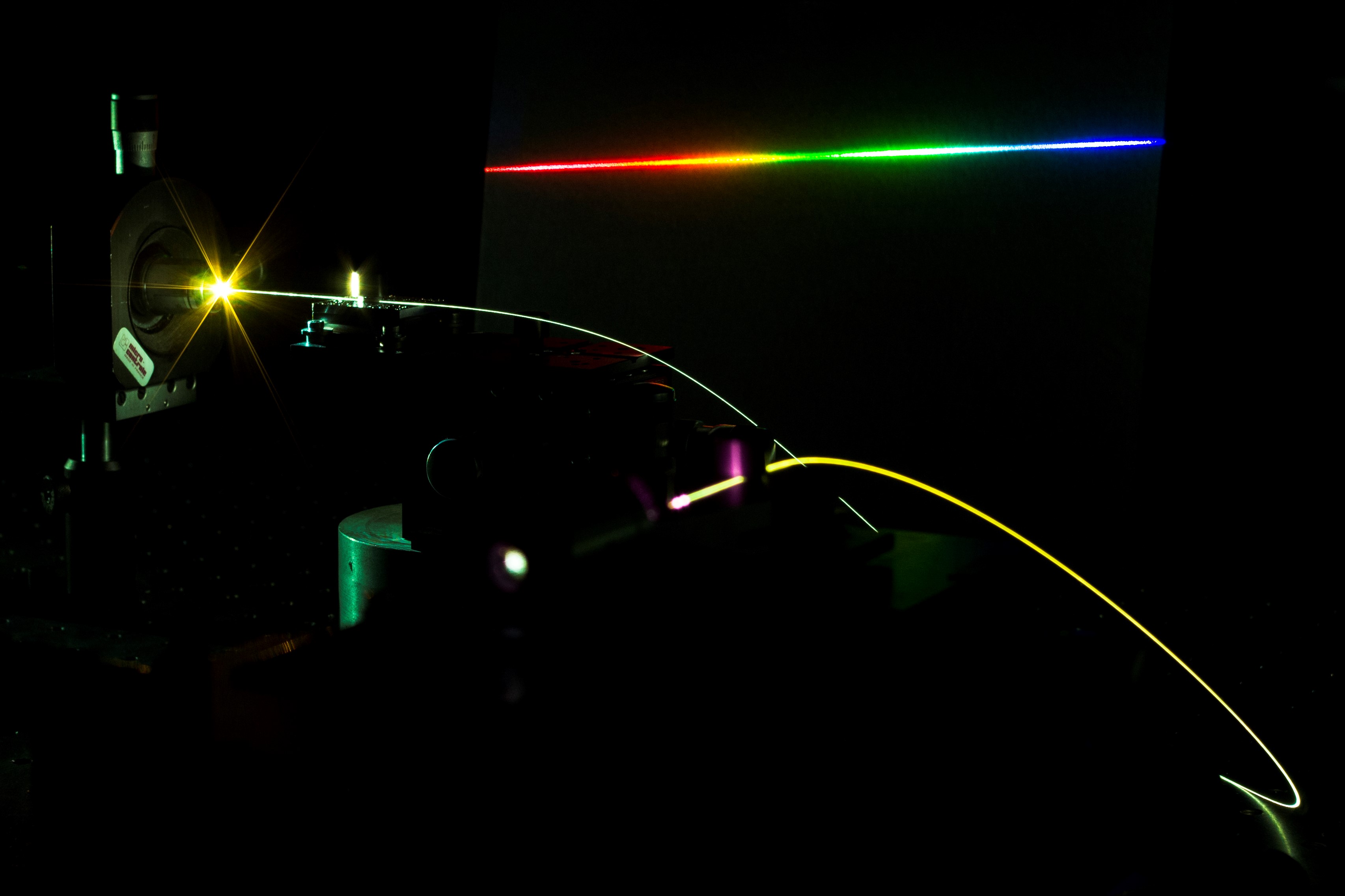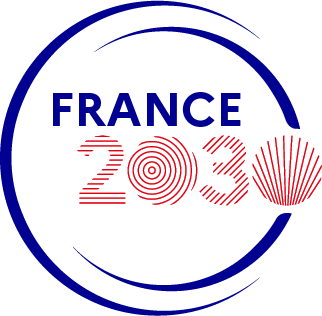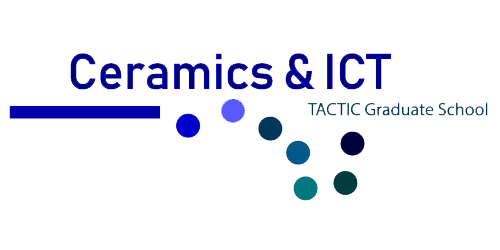- FR
- EN
You are here
Benjamin Wetzel recipient of an ERC grant
Submitted on Thursday 10 September 09:09

Last Thursday, the European Research Council (ERC) announced its list of beneficiaries of the "Starting Grant" competition. For the first time since the creation of the ERC, XLIM and the University of Limoges have a laureate: Benjamin Wetzel, CNRS researcher in Photonics. Like each laureate, Benjamin Wetzel will be granted a funding of up to 1.5 M€ over five years for his research project.
Within the framework of the STREAMLINE project, Benjamin Wetzel will focus on the development of "smart" photonic sources. Specifically, this multidisciplinary project aims at implementing integrated and fibered photonic components in a hybrid architecture for the generation of optical waves with customizable and reconfigurable properties. The use of integrated and active photonic systems will allow, via machine-learning approaches, the flexible control of light pulses conditioning complex dynamics during their propagation into optical fibers.
Beyond the fundamental aspects of the study, this approach is foreseen as an efficient way to "sculpt" the temporal, spectral and spatial properties of light in a compact and low-cost system. In particular, the project aims towards applications in the implementation of innovative "dynamic" imaging systems with improved performances and easy operation for a "non-specialist" user.
All ERC Starting grant laureates: https://erc.europa.eu/news/StG-recipients-2020
More about STREAMLINE : https://www.streamline-project.com/
Caption:
Example of "supercontinuum" generated by nonlinear effects in an optical fiber. During the propagation of short and intense pulses, frequency conversion mechanisms take place in cascade, progressively generating new wavelengths and thus allowing the controlled formation of a broadband spectrum, similar to a "rainbow" (as illustrated in the spectral decomposition of the supercontinuum seen in the background). Dynamic control and suitable adjustment of the input pulse characteristics allow for the optimization of these complex dynamics and the tailoring of the light properties the fiber output.










 UMR CNRS n°7252
UMR CNRS n°7252